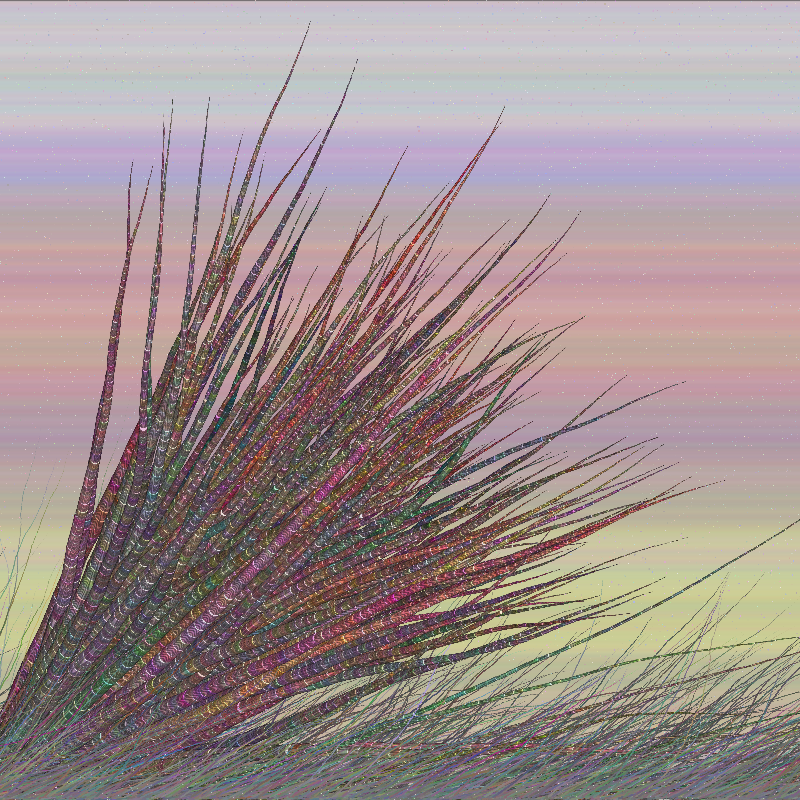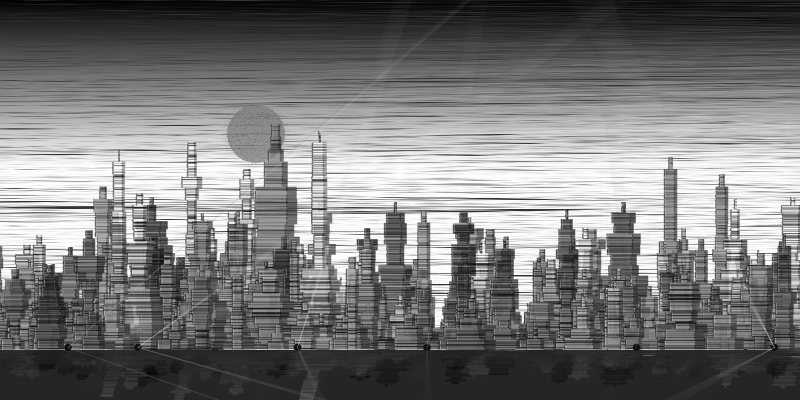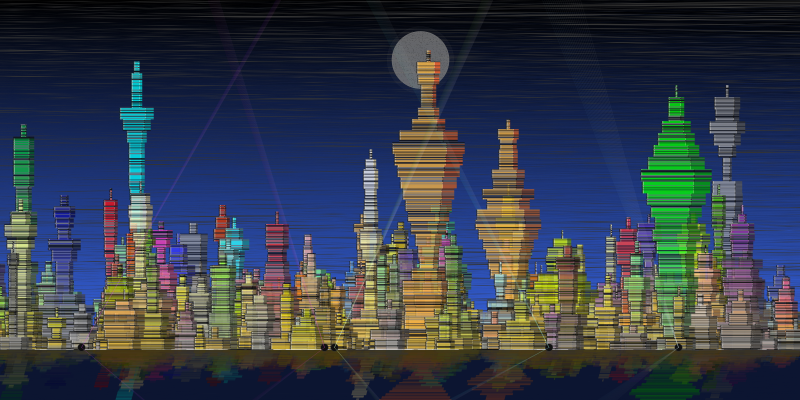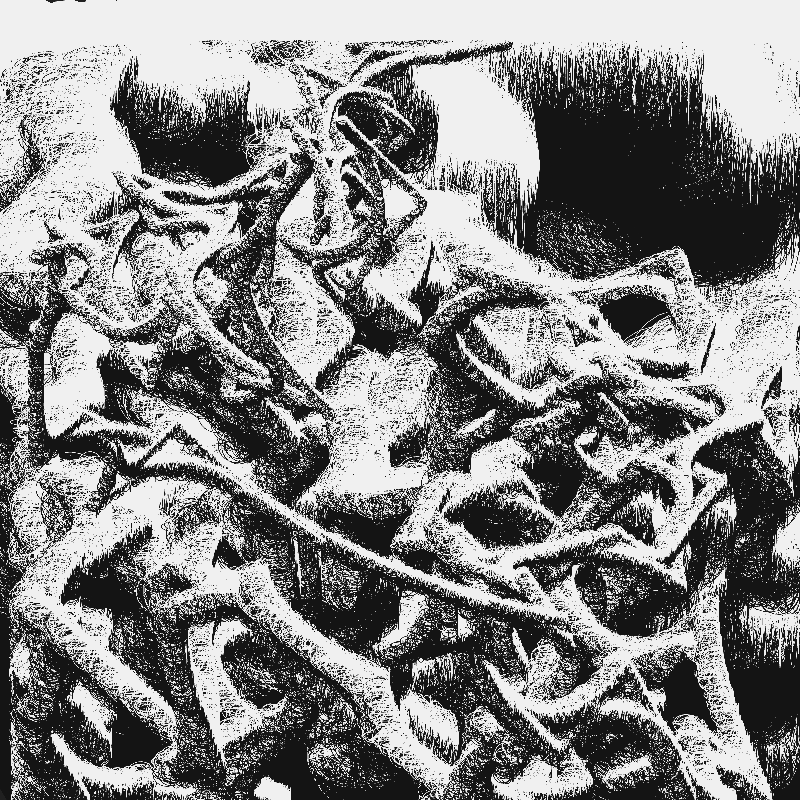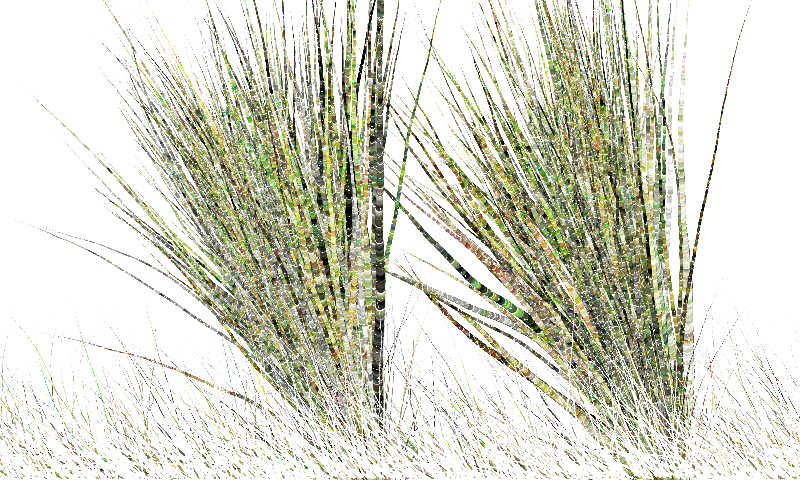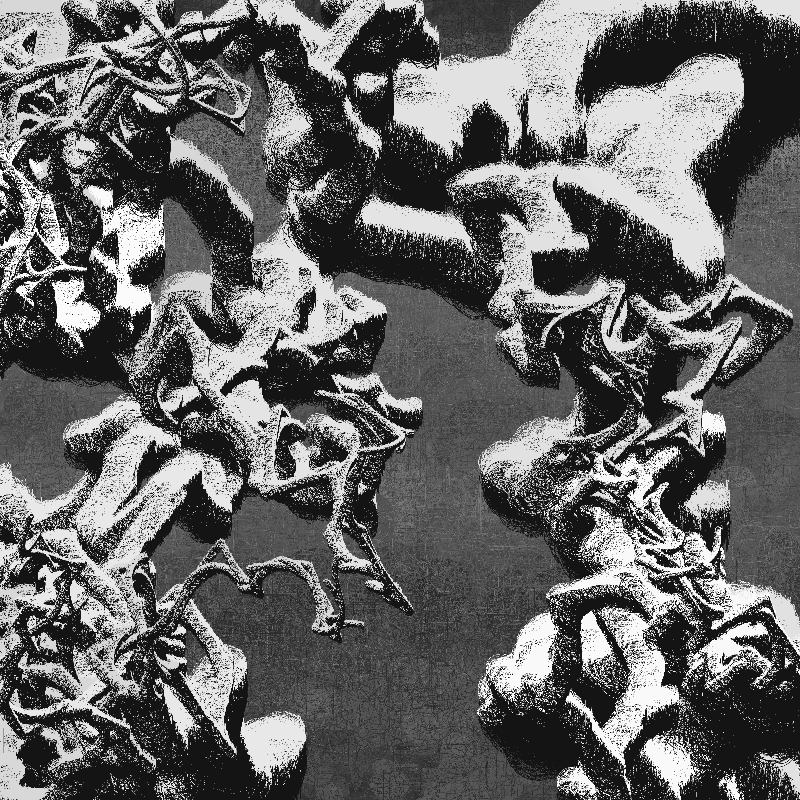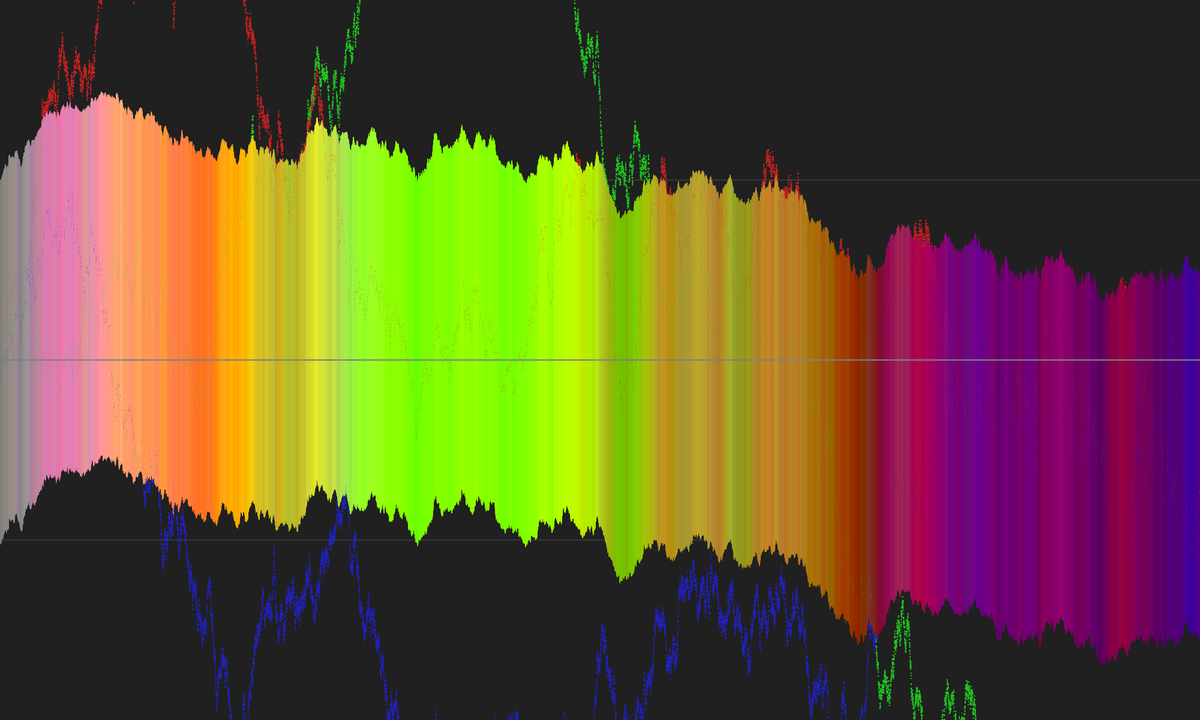
A Random Walk through Color and Space
written by Art Ralgo
At the heart of all random walks is a sequence of simple randomized decisions as to “what happens next?” based upon some kind of weighted probabilities. In its simplest form it is a tally of a sequence of coin tosses.
The diagram below shows an example of 10000 coin tosses and how many more heads than tails.
This is a neat example that corresponds with our natural way of thinking about randomness, and it certainly is the case that the expected difference after any number of even tosses is 0. However, the reality is often far more complex, and unexpected than that. Sometimes the chart will show what looks like real trends, that may make an observer question if it is really random. For example :-
Some of these walks have an appearance of bias but that is just the chaotic nature of randomness - sometimes it doesn’t look random at all.
In generative art, and in particular long form generative art, random elements are a significant part of the work. Often an artwork can involve over a hundred thousand distinct random decisions in its construction. Many of these decisions are not random walks but involve other factors, but in my work I have used random walks extensively.
My first published usage of random walks on FxHash was in Fictional cityscapes.
project name project name project name
In this collection, all of the buildings are effectively built using random walks. There is a bias towards each level being smaller than the previous level so that the building eventually reaches a top. This makes all the skyscrapers different shapes and sizes.
However, in a few tests I found that, even with a fair amount of bias towards the floor becoming smaller, occasionally one skyscraper would grow well beyond expectations and look seriously strange. So I ended up increasing the bias as the skyscraper started to reach a higher point. I’m pretty sure the middle skyscraper in the piece below would have blasted off screen if I had not implemented this.
project name project name project name
Along with the building dimensions, I also ran my first tests on random walks in color. This was mainly to get a more colorful output, but I also found it interesting to see how these random walks again created outliers. In the Gentk above, the city name is “City of Gold” because all buildings start with a gold color and then randomly walk on red, green and blue channels. Many stay a yellowish shade but notably the highest on the left turns a light blue and the wide one on the right turns green.
Although most artists prefer to work with defined palettes, for obvious reasons, I personally found this random walk coloring to be more intriguing, and consistent with the random walk nature of the work, so I went with it.
By the time I got to “Tails of Majestic Creatures” I had played with colorful random walks for a while and decided to make them simulate the sky. In the piece below they manifest as Daylight sky bands.
project name project name project name
By setting the starting point and introducing controls and bias you can make these “sky bands” quite versatile. For example, this piece has a twilight effect.
project name project name project name
In “Tails”, each of the reeds, and each blade of grass, is also the direct result of a controlled random walk in color and space. Each reed/blade sets off in a direction and that direction is modified slightly at each segment. The colors of each reed/blade are also slightly changed on each of the red, green and blue channels at every segment turn.
For the companion piece to “Tails” I decide to try out using a different color mode - namely HSL (Hue, Saturation and Lightness) rather than RGB (Red, Green and Blue). The different color mode still gives a similar, but different, type of effect as is shown in the piece below.
project name project name project name
By way of a slight aside, I was very interested in the accidental finding that overlaying white grass on dark grass gives a particular, and slightly unexpected, type of effect. The experiments with this led directly to Overgrowth.
project name project name project name
One of Overgrowth's main elements is a simple particle random walk within a contained space - that being the canvas. It is effectively brownian motion, with a decision to have the path of each new segment follow a randomized bezier curve rather than a straight line. I experimented with some color elements for the brushes but the effect of alternate dark and white ellipses was far stronger without color in this case.
Overgrowth x8 took the concept further with 8 different particles moving around the canvas.
project name project name project name
Through working on these collections I have started to develop a respect for the power and hard-to-control nature of random walks. I've been working on some other experimental pieces related to random rotation, and three dimensional random movement, that have not seen, and probably will not see, the minter. However, my soon-to-be-published “Continuum” collection will be drawing upon these learnings and I will be producing a separate article as a companion to it.
Generatively,
Ralgo
